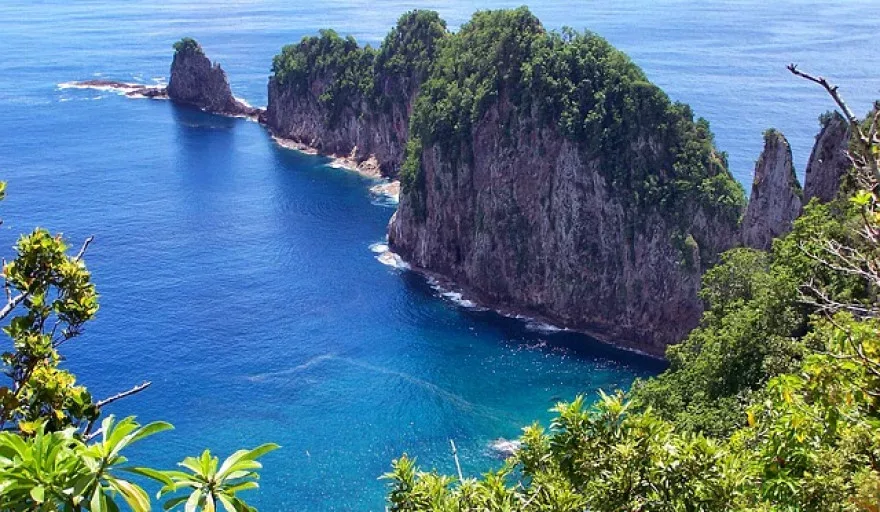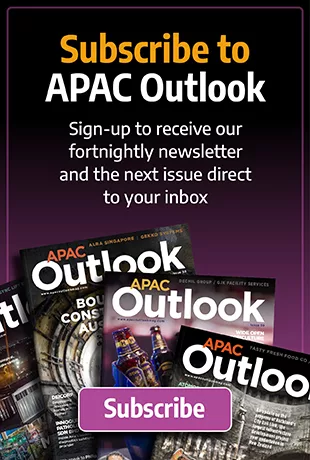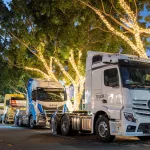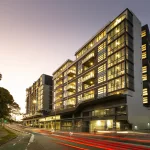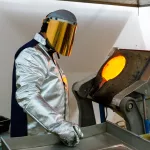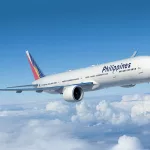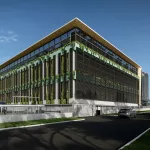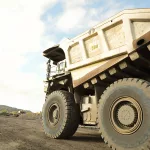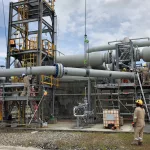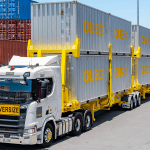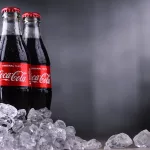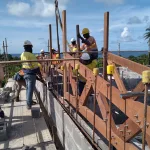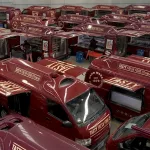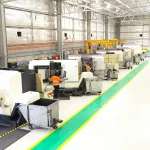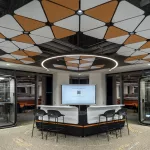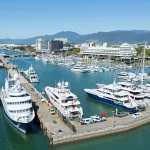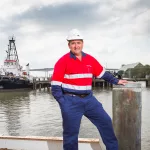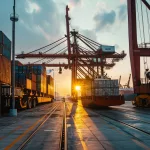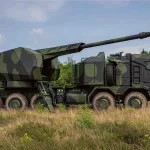American Samoa, an unincorporated territory of the United States, is something of a Polynesian gem.
Sat in the southern-central Pacific some 3,500 kilometres southwest of the US state of Hawaii, it is made up of six Samoan islands – Tutuila, Tau, Olosega, Ofu, and Aunuu, along with the uninhabited Rose Atoll.
The existence of these islands owes itself to volcanic activity millions of years ago. Expect for the coral atolls, the islands’ terrains are rugged with deep inlets such at the harbour at Pago Pago. Indeed, it is described by the likes of Lonely Planet as breathtakingly beautiful, its beaches and hills combining to present an idyllic setting for a vacation.
Though not rich with animal life, the forest-clad mountains do provide sanctuary for the likes of flying foxes, lizards and rare bird species, the tropical climate also seeing a constant temperate of between around 20 and 30 degrees Celsius all year round.
The Samoan locals will also make any visitor feel welcome, most of them speaking English and a large proportion of the population residing in Pago Pago, the main port and administrative and commercial centre. And although traditional Samoan traditions have been preserved, the people of American Samoa have been heavily influenced by US TV, music and food, making for a fascinating blend of culture and customs.
THE BUSINESS END
American Samoa’s economy is centred around services and manufacturing, the government serving as the territory’s major employer.
Agriculture is organised on a semi-commercial basis for the production of taro, bananas, tropical fruits, and vegetables, with a more formal fishing sector focussing on exporting tuna.
Tourism is emerging as an increasingly important earner. In 2016, for example, visitors spent around $22 million for goods or services.
“We’ve helped grow our cruise ships visits from six ships a year to averaging 20-plus a year now bringing over 50,000 passengers annually to our shores,” explains David Vaeafe, Executive Director of the American Samoa Visitors Bureau (ASVB).
“We have seen steady growth across the sector and room occupancy has grown over the years from 30 percent in 2009 to now around 70 percent annually across 260 rooms total.”
While the numbers are certainly pointing in the direction of growth, American Samoa remains a relatively unspoiled destination, a big factor in why Vaeafe believes the territory makes for such an enjoyable visit. Moving forwards, the challenge will be to balance the need for economic gain against maintaining an authentic tourism experience.
Q&A WITH THE AMERICAN SAMOA VISITORS BUREAU
Mandated with promoting tourism in the region is the American Samoa Visitors Bureau (ASVB), established in 2008 after former Governor Togiola Tulafono issued an Executive Order titled the Tourism Development Act.
“Prior to this there was a Tourism Division within the American Samoa Government Department of Commerce for some 20-plus years,” explains Vaeafe. “The ASVB mandate is to create and build a viable tourism sector and I was hired as its first Executive Director in August 2009 to establish the office.”
Here, Vaeafe takes time out to answer our questions about the association’s work and tourism scene in Americana Samoa more generally.
Since inception, how has the ASVB developed and progressed in terms of its key objectives and the messages it tries to get across?
David Vaeafe (DV): Since we started this office from scratch, the ASVB had to build everything from the ground up.
With the support from the ASG Department of Commerce, we produced a new Tourism Development Plan which was delivered in 2010. The new tourism plan gave us a more focus roadmap on building up our tourism sector on the basis of a Public Private Sector Partnership model.
The ASVB inherited a local young tourism industry that very much had little to no tourism industry experience/training but were passionate about their products and services. We spent the first several years through the support of US Federal Grant Funding conducting our successful ‘Tourism Export Ready Training Program’, which covered 95 percent of our industry, training them on the global tourism industry, relationships between airlines, wholesalers, retailers and online travel agents, how to produce commissionable contracts, and marketing and sales.
At the same time the ASVB undertook sales missions to New Zealand, Australia, USA and UK meeting with travel trade partners and travel media, training and teaching them about American Samoa, a new undiscovered PacIfic Island destination and US Territory in the heart of the Pacific Ocean.
We built relationships with our international travel trade partners and have over the years run awareness and sales campaigns with such companies as Orbitz, TripAdvisor, Expedia, Wotif, Air New Zealand Holidays, Hawaiian Airlines and many others.
The ASVB acts as the sales representatives for its entire industry and we fund all overseas destination marketing campaigns and will continue to do so until such time as our industry members can do their own.
The organisation has re-joined the South Pacific Tourism Organisation (SPTO) after many years of absence, is a founding member of the South Pacific Cruise Alliance (SPCA and a member of the US Travel Association (USTA). Presently I am Chairman of SPTO and President and Chairman of SPCA.
How would you say American Samoa has developed in recent years as a business travel hub and what are the key reasons behind its growing appeal?
DV: American Samoa business sector is 100 percent locally owned and business owners have identified their niches in the market for products and services.
One of the key tourism drivers here is the shopping with locally owned stores (there are no US chain retailers here) bringing US products into the territory. We have no sales tax or GST here so buying “made in the USA” consumer products is very cheap and attractive to visitors. People who are visiting from neighbouring Samoa will hop on a flight (only 30 minutes) and come shopping in American Samoa for the day. You can buy everything from genuine branded products like Coach, Gucci, Prada, Nike and more.
Besides the retail aspect, a lot of seasoned travellers are also looking for new destinations and American Samoa to most of the traveling public is an unknown. We are the last Pacific Island nation in the region to develop tourism, our industry is very small, and we are 100 percent locally owned and operated, no chain hotels and brands here.
If we were to compare our islands with another in terms of tourism development, American Samoa today is where Hawaii’s tourism industry was 75-plus years ago.
Why, in your opinion, should someone visit American Samoa?
SV: The are many! For example, a genuine unique experience, off the beaten track, Samoan culture and hospitality that is over 3,000 years old and a living culture, no five-star hotels or brands here, rainforest covered islands offering an ecotourism wonder, great shopping and no mass tourism.
What trends are transforming the tourism industry in American Samoa at present? How are you responding to these trends?
SV: One of the biggest changes taking place on island that we are seeing is a more empowered business sector. Recently the American Samoa Chamber of Commerce has set up a tourism subcommittee lead by one of our long serving tourism industry members connecting with the grassroots communities and villages.
The tourism sector re-established is own association, now called the Visit Amerika Samoa Association (VASA) which is bringing together private sector members to undertake projects to strengthen, grow and support the industry and work together with the ASVB. We are also seeing industry members utilise more online marketing through social media and other platforms.
The ASVB also passes on new sales and marketing opportunities and platforms to industry members to keep them updated on the changing global industry.
How do you see American Samoa developing as a business travel hub over the next year to two years?
SV: The ASVB will continue to actively market the destination and industry members at overseas consumer and key trade shows/events such as the Samoa Tourism Exchange, South Pacific Tourism Exchange, Inernational POW WOW, Seatrade Cruise Global and the Travel & Adventure Shows in the region and the US.
We’ll continue to promote that destination as a small MICE market as well as helping develop existing and new businesses on island.
Key projects the ASVB is involved in with other government agencies include the development of the old Inter Continental Rainmaker Hotel vacant site with a new 150-room hotel in the pipeline – watch this space. We are also working with our airline partners on additional services in the future from existing markets, but also new markets and carriers as well. We are actively involved with industry members to develop new products and services for visitors to make their experience in American Samoa memorable one.
Are you optimistic about the future of the tourism industry in American Samoa?
SV: The tourism future for American Samoa is a positive one with continued steady growth. We now have a very engaged tourism sector and the ASVB will be there to support the industry and make it easier for them to operate with the support of other government agencies. Tourism is everyone’s business!
OUT AND ABOUT
Whether it be relaxing on pristine beaches, hiking the trails of the resident national park or taking in some of the historical sites, there is plenty to occupy visitors to American Samoa.
Asked for his recommendations, Vaeafe comments: “I would suggest going to the National Park of American Samoa, one of 59 in the US National Park System and the only one in the Southern Hemisphere, as well as the National Marine Sanctuary of American Samoa, one of 14 in the US and the largest in both size and marine life diversity.
“American Samoa is also the last place on earth to see the final sunrise and sunset of every day and when you travel from Samoa to American Samoa, you cross the International Dateline and travel back in time.
“You should also visit the Manu’a Islands of Ta’u, Ofu and Olosega and visit ancient and sacred sites that even Samoan’s dare not go to because they are haunted by ghostly spirits to this day.
“Another option is to visit some of the US Naval Sites like the guns at Blunts Point or the old naval buildings in Utulei and Fagatogo villages, including the Governor’s Mansion as American Samoa was a US Naval base from 1900 to 1957 and played an active part in WWII against the Japanese.
“There’s plenty of shopping at the local retail stores, and if you are looking for tailor made clothing the sewing shops around the island can make or copy anything for you within a day or two. Dining out at local restaurants is cheap and food portions are huge with a range of food outlets from US fast food brands to American and Asian fare and local Samoan food.”
TRANSPORT LINKS
Owed to its geography, air and sea are the modes of transport that will get you around American Samoa.
Detailing some of the options, Vaeafe says: “American Samoa has direct flights twice a week all year round from Honolulu on Hawaiian Airlines and during the summer and Christmas holidays they will go to three flights a week and flight time is five hours one way.
“There are 15 flights a day between Samoa and American Samoa on two airlines. Samoa Airways offers nine flights and Talofa Airways offers six flights a day, Flight time is 30 and 20 minutes respectively on both carriers. Samoa Airways also provides domestic flights between Tutuila Island and the Manu’a Islands daily.
“Talofa Airways also operates a twice a week flight from American Samoa to Tonga, flight time is two hours one way.
“There is also a once a week ferry service operated by the Samoa Shipping Corporation from Apia, Samoa to Pago Pago, American Samoa every Wednesday (Samoa time) returning Thursday (American Samoa time) and the sailing time is around five hours or more depending on sea conditions.”

